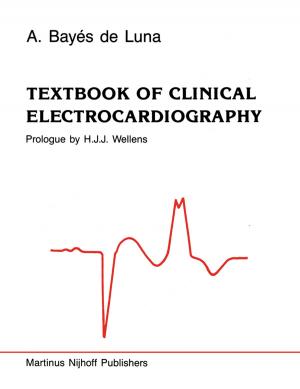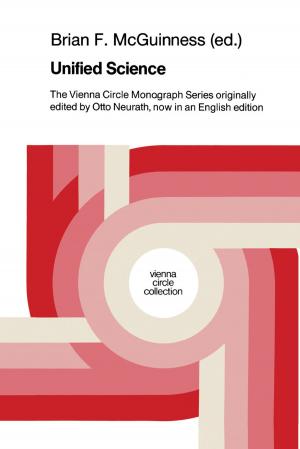Terminal Sedation: Euthanasia in Disguise?
Nonfiction, Health & Well Being, Medical, Reference, Ethics, Nursing, Science & Nature, Science| Author: | ISBN: | 9781402021244 | |
| Publisher: | Springer Netherlands | Publication: | June 1, 2004 |
| Imprint: | Springer | Language: | English |
| Author: | |
| ISBN: | 9781402021244 |
| Publisher: | Springer Netherlands |
| Publication: | June 1, 2004 |
| Imprint: | Springer |
| Language: | English |
TERMINAL SEDATION DURING THE 1990s During the 1990s a discussion took place in scholarly journals concerning a measure within palliative care that had earlier attracted little attention, to wit, the sedation of dying patients. There seem to have been two main reasons why the practice came under debate. On the one hand, some people felt that, when palliative medicine had advanced and methods to control symptoms had improved, it was no longer justified to sedate the patients in a manner that had often been done in the past. The system of 1 terminal sedation had turned into ‘euthanasia in disguise’ or ‘slow euthanasia’. On the other hand, there were people sympathetic to the recently established Dutch system of euthanasia, people who agreed that terminal sedation was euthanasia in disguise, but who felt that, if it is not objectionable to sedate dying patients at their request, then why should it not be permitted for doctors to kill dying patients at 2 request? From these two motives a discussion about terminal sedation gained momentum. The intention behind this anthology is to continue and deepen this discussion. The anthology starts off with a chapter where an influential article from the 1990s has been reprinted.
TERMINAL SEDATION DURING THE 1990s During the 1990s a discussion took place in scholarly journals concerning a measure within palliative care that had earlier attracted little attention, to wit, the sedation of dying patients. There seem to have been two main reasons why the practice came under debate. On the one hand, some people felt that, when palliative medicine had advanced and methods to control symptoms had improved, it was no longer justified to sedate the patients in a manner that had often been done in the past. The system of 1 terminal sedation had turned into ‘euthanasia in disguise’ or ‘slow euthanasia’. On the other hand, there were people sympathetic to the recently established Dutch system of euthanasia, people who agreed that terminal sedation was euthanasia in disguise, but who felt that, if it is not objectionable to sedate dying patients at their request, then why should it not be permitted for doctors to kill dying patients at 2 request? From these two motives a discussion about terminal sedation gained momentum. The intention behind this anthology is to continue and deepen this discussion. The anthology starts off with a chapter where an influential article from the 1990s has been reprinted.















